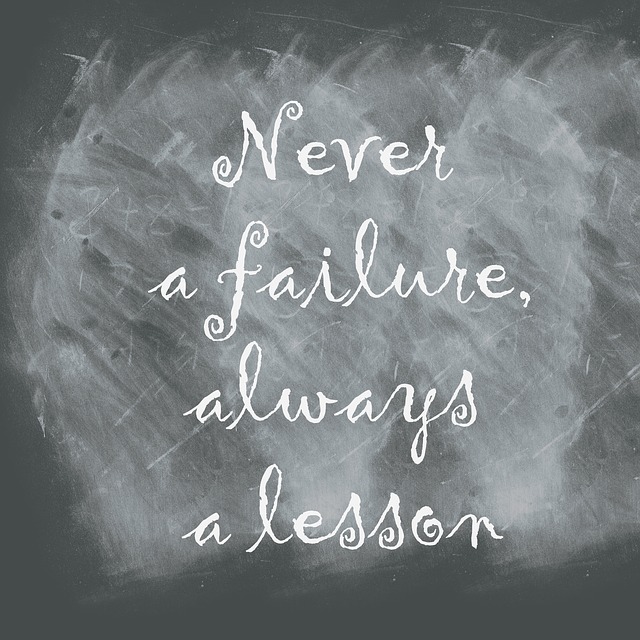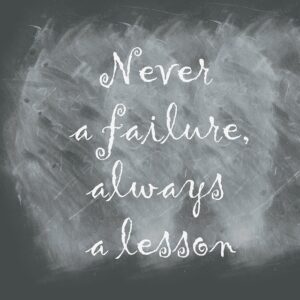 Are you depending on technology or the human approach to marketing your business? Content, particularly in the B2B market is often clinical, crammed with facts and technical words. Although it’s important to share your knowledge, are you connecting with your customers on a human level?
Are you depending on technology or the human approach to marketing your business? Content, particularly in the B2B market is often clinical, crammed with facts and technical words. Although it’s important to share your knowledge, are you connecting with your customers on a human level?
For B2C, it’s just as important to have that human interaction. Don’t get me wrong – technology has its place in notifying you of upcoming appointments and flash sales, but it’s the human experience that converts to referrals.
Are you giving your customers that personalized experience or are they just a nameless, faceless purchaser? Your job is to figure out how to differentiate yourself from your competition. Why do people want to work with you or buy from you?
Givers Gain is the underlying philosophy of BNI. Be open to helping without expecting anything in return. Think about this: A prospect or a business colleague contacts you with a problem they can’t solve. You freely offer advice, which they implement. Soon, they begin to see positive results. They now have proof that your service is worth investing in, so they purchase it, and hopefully recommend it to a friend or give a positive review which others can see.
When meeting with a potential client for the first time, do you ask questions to understand their problem? Do you take the time to get to know them and their story, or are you already steps ahead “selling them” your solution? By investing time on the front end, it allows both parties to see if they are a fit for one another.
An integral element of human-to-human H2H marketing is the art of conversation. The dialog can uncover potential business opportunities you may not have realized existed. Conversations lead to conversions. Conversions lead to business growth.
Here is a personal example of H2H experience.
Our long-time insurance agent, as well as his in house support person both retired at the same time. I always told my agent that he was the only reason we remained with the company. We had his cell phone and when I needed him – he answered. Our son also had him for his agent and when he needed someone in his corner for a house claim the agent responded resulting in a positive outcome. Great H2H experience right?
The agent personally called me and told me of his upcoming retirement. What we have received since the agent’s retirement was a letter stating whom we were assigned to. Not a phone call of introduction, only a letter. We don’t feel special anymore and guess what? We’ll be shopping our insurance.
At the end of the day, people will forget what you said, people will forget what you did, but people will never forget how you made them feel. In business, as well as your personal life are you striving to raise others up to make them feel special? I challenge you as we begin a new year to spend the time to develop and nurture relationships with your employees and your customers. Technology has its place, but the humanness of these efforts will shine through.
About the author: Autumn Edmiston is the CEO and owner of the Edmiston Group. The Edmiston Group is a multifaceted Pittsburgh based marketing consulting firm providing senior-level marketing management services to businesses and non-profit organizations on a short or long-term basis. Core areas of service are business development strategies, website creation and management, social media management, marketing, strategic planning, and public relations. The Edmiston Group has consistently delivered and implemented real-world, proven business marketing ideas and strategies for business.




 It’s a new year and often business owners take this time to reflect and set new marketing strategy goals for the upcoming year. An often overlooked tool in business growth is an editorial calendar. Not only can it set the path for blogging, but it can also be the guide for social media as well as other marketing activities.
It’s a new year and often business owners take this time to reflect and set new marketing strategy goals for the upcoming year. An often overlooked tool in business growth is an editorial calendar. Not only can it set the path for blogging, but it can also be the guide for social media as well as other marketing activities.








 As a business owner, you wear a lot of hats. When you opened your business chances are you were the bookkeeper, marketer, as well as the person who worked in your business. You opened your business with a strong vision but the road to success isn’t always easy. You go to battle every day against:
As a business owner, you wear a lot of hats. When you opened your business chances are you were the bookkeeper, marketer, as well as the person who worked in your business. You opened your business with a strong vision but the road to success isn’t always easy. You go to battle every day against:
 Business owners often find frustration in being found in a crowded market. There will always be someone with a larger budget and more resources. Think of how Amazon and Walmart are going head to head. Who will come up with the most unique strategy? A national eye care company such as Pearl Vision or America’s Best compete against an independent optometry office. Making a dent to gain market share is never easy but using a blend of strategy, tenacity, and innovation is the key to winning.
Business owners often find frustration in being found in a crowded market. There will always be someone with a larger budget and more resources. Think of how Amazon and Walmart are going head to head. Who will come up with the most unique strategy? A national eye care company such as Pearl Vision or America’s Best compete against an independent optometry office. Making a dent to gain market share is never easy but using a blend of strategy, tenacity, and innovation is the key to winning.
 With the 4th of July closing with a bang, it is hard to wrap your mind around the fact that it is time to begin planning for the fall and winter holiday seasons as you end 2019. Whether you offer B2B or B2C services, planning is essential for growth.
With the 4th of July closing with a bang, it is hard to wrap your mind around the fact that it is time to begin planning for the fall and winter holiday seasons as you end 2019. Whether you offer B2B or B2C services, planning is essential for growth.
 Are you ready to scale your business but don’t know how to bring on the right team? Don’t base decisions on where you are – base them on what you want to become. One of the first things to determine is what type of company do you want to become.
Are you ready to scale your business but don’t know how to bring on the right team? Don’t base decisions on where you are – base them on what you want to become. One of the first things to determine is what type of company do you want to become.